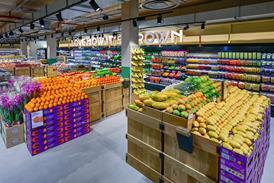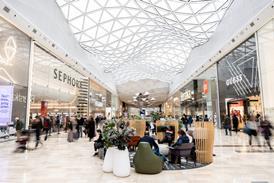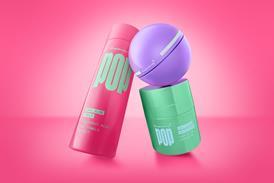Ranking: The fastest-growing value retailers revealed

In the cost-of-living crisis, affordable retailers have never been more relevant to price-conscious consumers, but which have been making the most of the mood of the nation? And which are set to turn market share into future growth? To find out, the Retail Week analyst team has tracked group sales across 15 of the biggest value retailers and analysed their compound annual growth rate (CAGR) to predict how much bigger they’ll be in five years’ time
Given the pressure on the nation’s finances, you’d be forgiven for assuming that all of the UK’s discount retailers are cashing in right now but the reality is more nuanced.
Already have an account? Sign in here



















